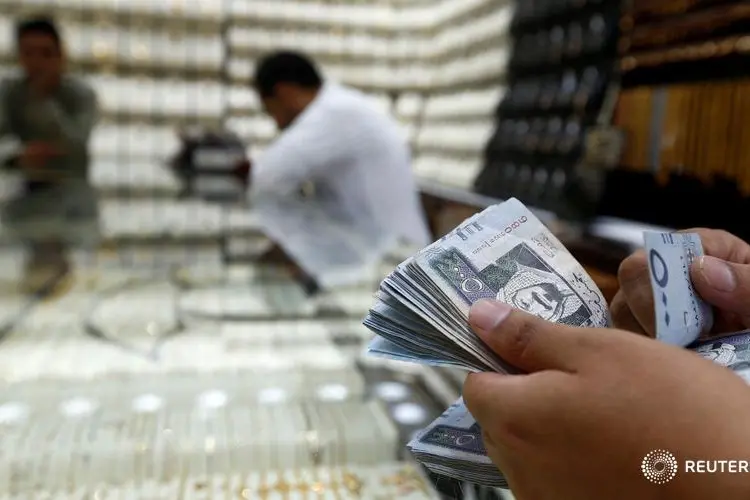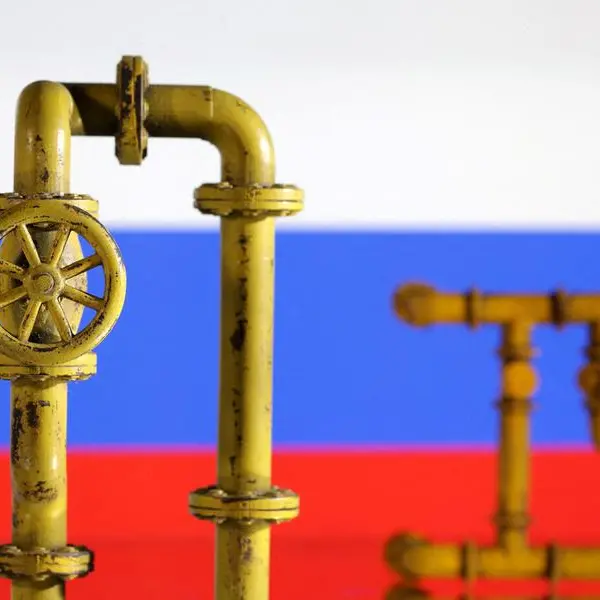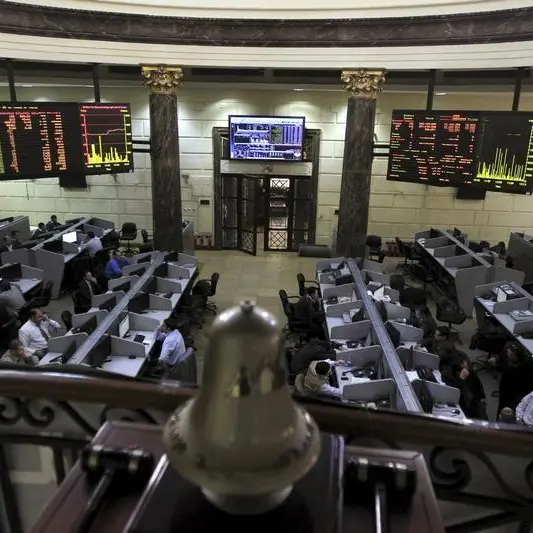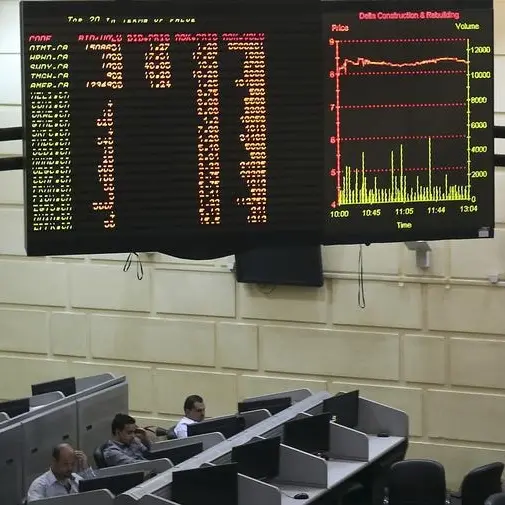PHOTO
The Saudi Arabian government’s strategy to cut the number of expat employees in a bid to boost its local workforce market was a key reason behind an 18 percent decline in demand for gold j so far this year, according to World Gold Council (WGC) data.
“In Saudi Arabia, jewellers have reported that the ‘localisation’ of the economy has played a role. Some small jewellers have struggled to find suitably qualified staff and have been forced to close,” Alistair Hewitt, a United Kingdom-based director of market intelligence in the WGC told Zawya in an email interview last week.
Two years ago, the kingdom announced plans to increase the local workforce in several sectors. In 2016, the Saudi government said a 200 Saudi riyal ($53.3) monthly levy will be imposed on every expat employee from 2017.
The tax, which is set to increase every year, is paid by companies where expats’ employees exceed the number of local employees.
The localisation, or Saudisation, of the kingdom’s workforce, has been a stated goal for decades, but it is only since new measures imposing levies or banning expats from working in certain sectors have been introduced in recent years that an impact has been felt in terms of the number of expats leaving jobs.
The WGC’s most recent quarterly report on gold demand in Q2 that was released earlier this month showed that the demand for gold jewellery has slowed in many countries in the Middle East, with Iran scoring the biggest loss of 35 percent, while the UAE dropped by 24 percent.
Gold jewellery demand in Saudi Arabia fell by 10 percent in the second quarter to 10.5 tonnes, following on from a 28 percent year-on-year decline in the first quarter. In total, demand for gold jewellery in Saudi Arabia reached 18 tonnes during the first six months of the year – a decline of 18.2 percent year-on-year.
The report said that the kingdom’s 2018 H1gold jewellery demand has halved from three years ago, from 36.2 tonnes in the first half of 2015 - the year when oil prices plunged and the kingdom reported a record a budget deficit of $97.9 billion.
Total consumer demand in the kingdom (including demand for gold bars and coins) dropped by 15 percent year-on-year for the six-month period to 23.3 tonnes.
Turki Fadaak, a Saudi-based analyst and member of the Saudi Economic Association, an academic and economic research body set up by Riyadh-based King Saud University, said that despite the decline in gold demand in Saudi Arabia this year, the second quarter results show that there has been some improvement.
“The second quarter figure shows an improvement from the previous quarter (Q12018) and I think this is because it included the high Umrah season that takes place during the holy month of Ramadan and which came in the second quarter of this year,” Fadaak told Zawya in an email interview on Wednesday.
Umrah is a smaller version of the Islamic holy pilgrimage and which - unlike the Hajj pilgrimage - does not have to take place on certain dates. It also requires fewer rituals and visits to holy sites.
Second half of 2018
Moving forward, Hewitt said he is paying attention to two areas in Saudi Arabian and United Arab Emirates markets that could boost gold demand in the second half of 2018.
“In Saudi Arabia, we are seeing imports of better-designed jewellery - especially bangles – to meet the needs of fashion-conscious consumers,” Hewitt said.
“In July, UAE authorities said tourists would be eligible for VAT refunds. This should happen in Q4 and that may support demand,” he added.
Gold jewellery demand in the UAE fell by 24 percent and 23 percent in Q2 and Q1 respectively, according to the WGC, mainly due to the introduction of VAT.
Fadaak expects the declines to continue throughout the year in Saudi Arabia. “But the quarter that will include the pilgrimage season will do better as pilgrims will increase demand.”
This year’s Hajj pilgrimage will take place in the second half of this month.
According to Vijay Valecha, chief market analyst in Dubai’s Century Financial Brokers investment company, “weakness is unlikely to continue” in gold markets in the second half of 2018.
“Historically, the time period from August to February has often been positive for gold. With festivals like (Muslim celebration) Eid and (Hindi) Diwali around the corner and Indian wedding season coming up, gold jewellery demand is expected to pick up in the second half of the year. Moreover, gold is often given as a gift during festivals like Christmas and the Chinese New Year celebrations,” he told Zawya in an email interview last week.
The WGC said that globally, gold jewellery demand dropped by 2 percent in the second quarter of the year due to weakness in the Indian market - the world’s second-biggest consumer of gold after China.
It said Indian gold jewellery demand dipped by 8 percent in the second quarter of the year compared to the second quarter of 2017, while demand in China rose 5 percent for the same period.
The WGC put the total global demand for gold at 1,959.9 in the first six months of the year, down 6 percent from 2,086.5 tonnes in the same period last year, and the lowest first-half total since 2009. China’s total consumer gold demand stood at 964.3 tonnes.
(Reporting by Yasmine Saleh; Editing by Michael Fahy)
(Yasmine.saleh@thomsonreuters.com)
Our Standards: The Thomson Reuters Trust Principles
Disclaimer: This article is provided for informational purposes only. The content does not provide tax, legal or investment advice or opinion regarding the suitability, value or profitability of any particular security, portfolio or investment strategy. Read our full disclaimer policy here.
© ZAWYA 2018












